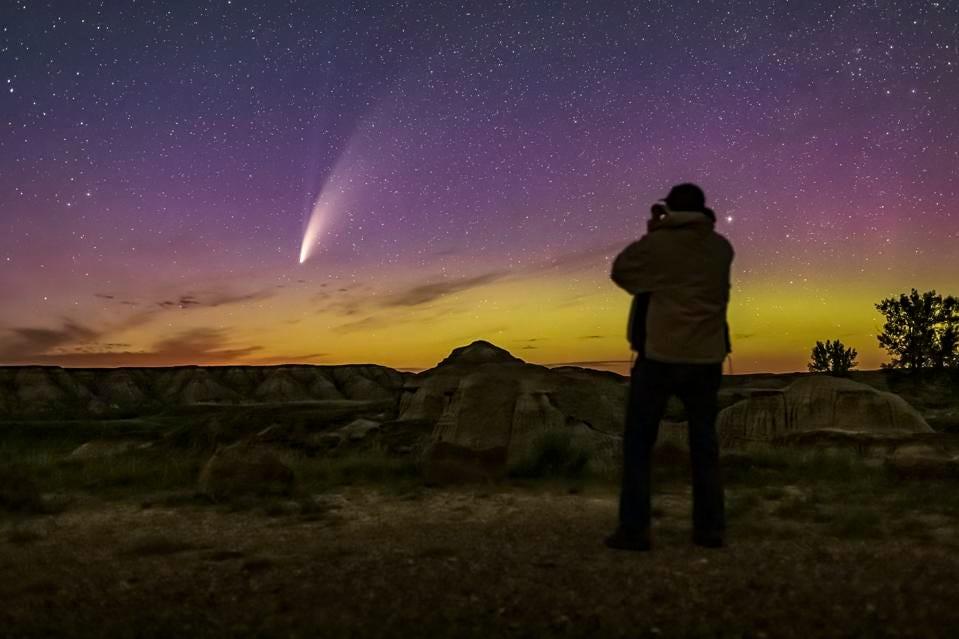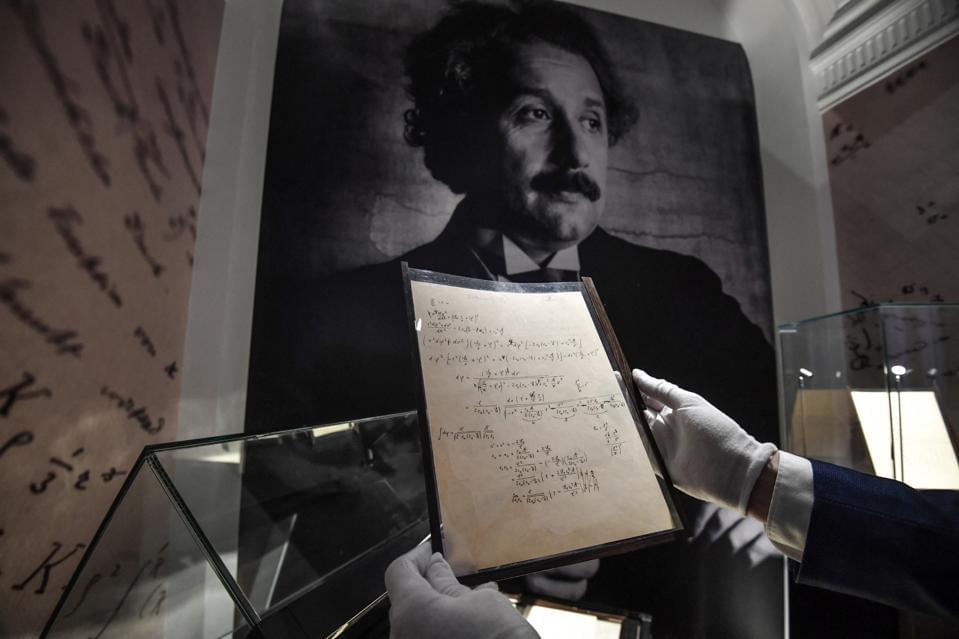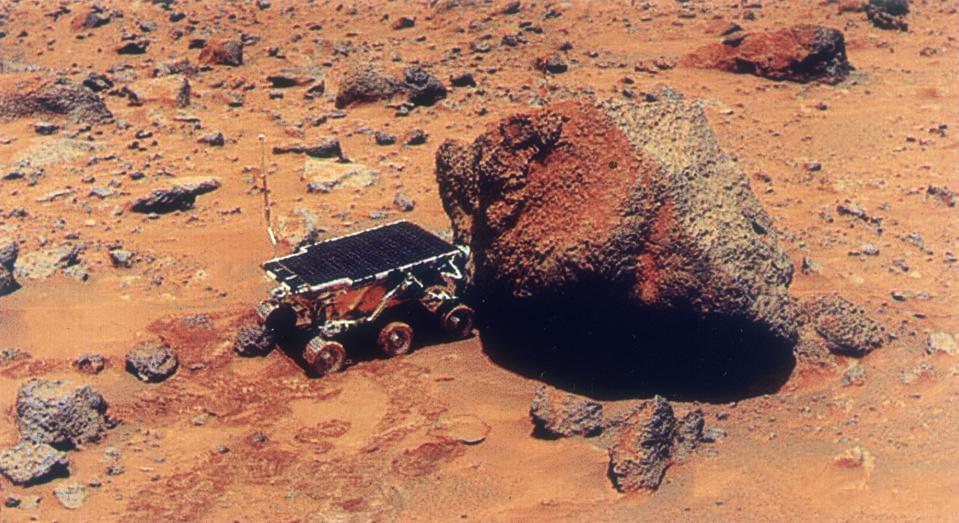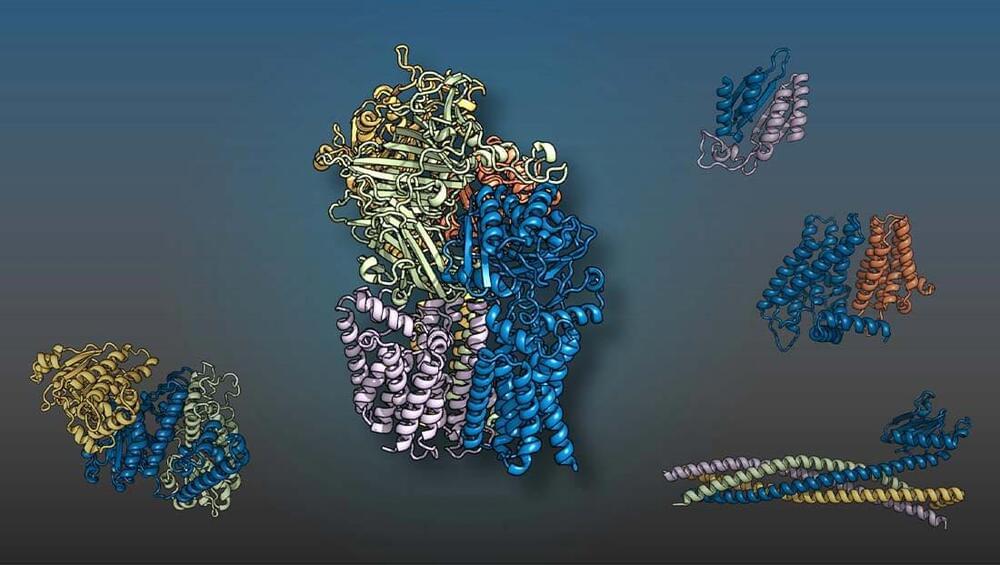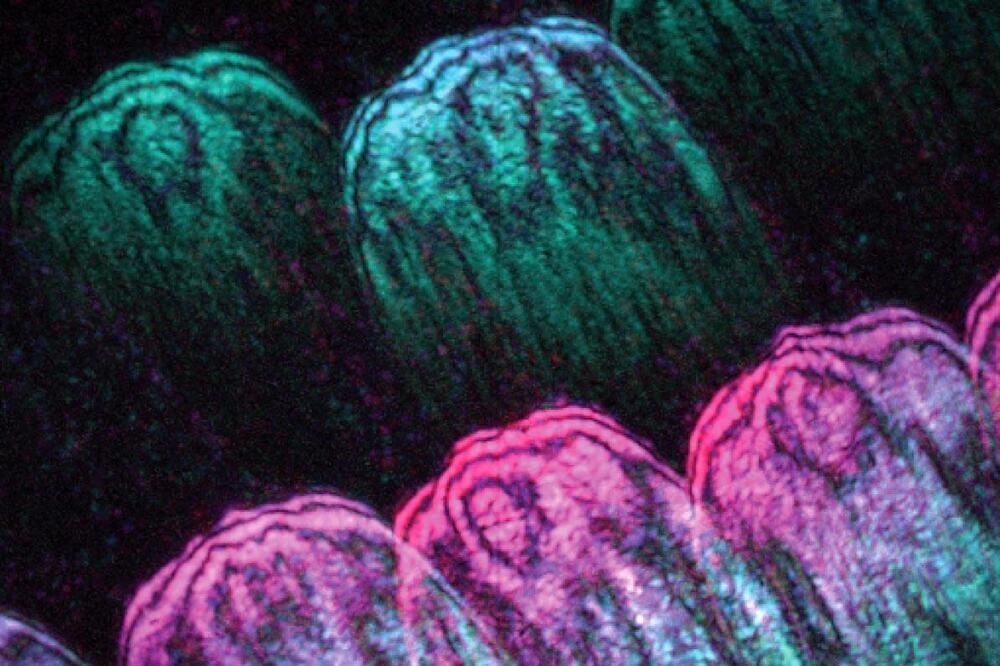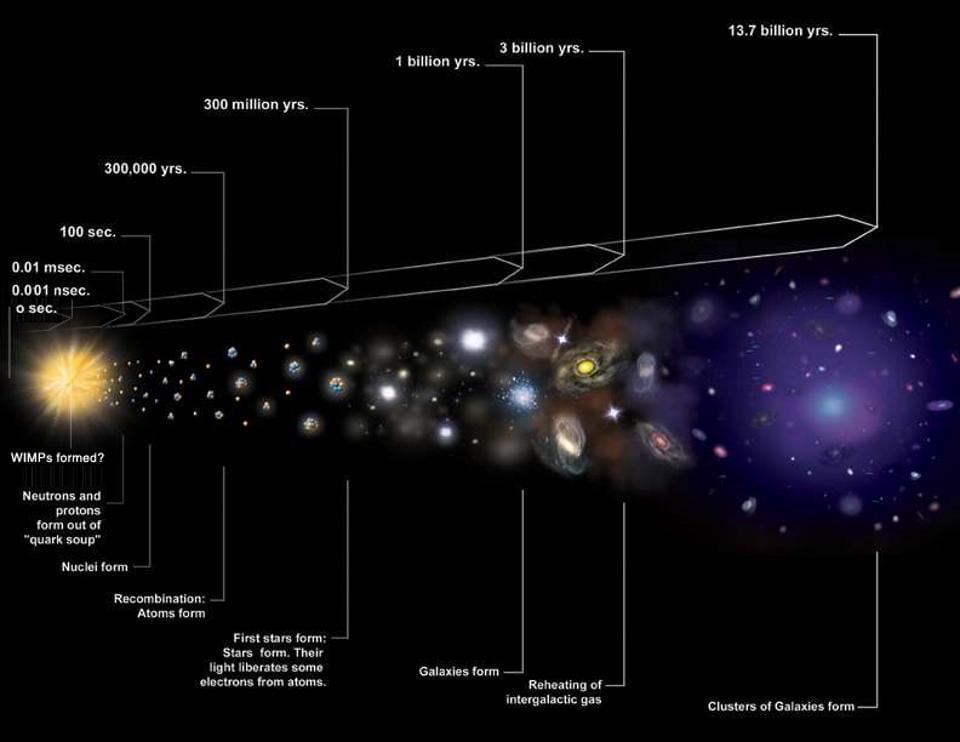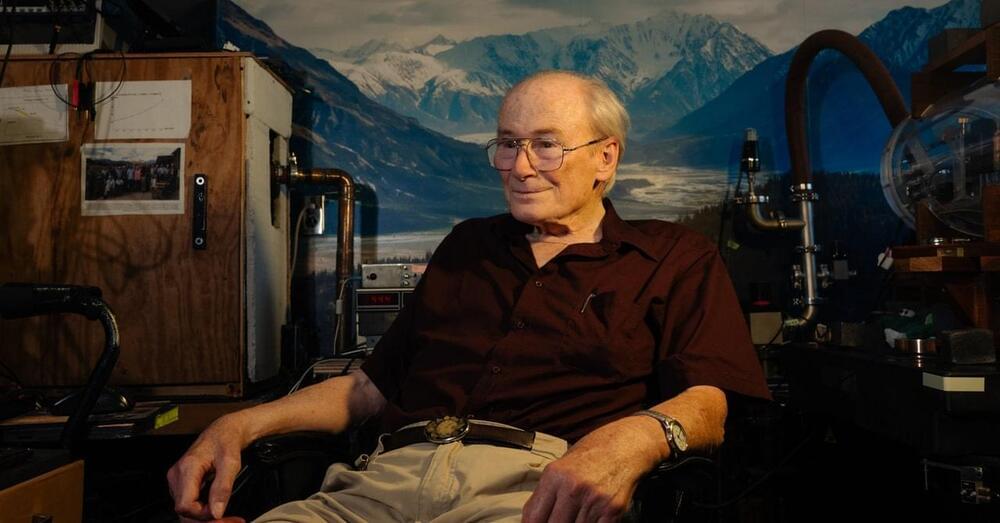Nov 24, 2021
How, When And Where To See Comet Leonard: The Ultimate Guide To Seeing The ‘Christmas Comet’ In December And On Christmas Day
Posted by Gemechu Taye in category: space
Have you seen C/2021 A1 (Leonard) —a.k.a. “Comet Leonard”—yet? Discovered on January 3, 2021 by Greg Leonard, a senior research specialist at Arizona’s Mount Lemmon Observatory, Comet Leonard is potentially going to become an object visible to binocular and even naked eyes. It’s predicted to reach around magnitude 4 or brighter in December 2021 (for the latest, follow it on Twitter).
It will get closest to the Earth to be super-bright on December 12, 2021, but by then it’s going to be fairly low in the sky. So your best chance is to get up early—about 90 minutes before sunrise—during early December and look east.
Arm yourself with either a small telescope or any pair of binoculars to maximize your chances.
